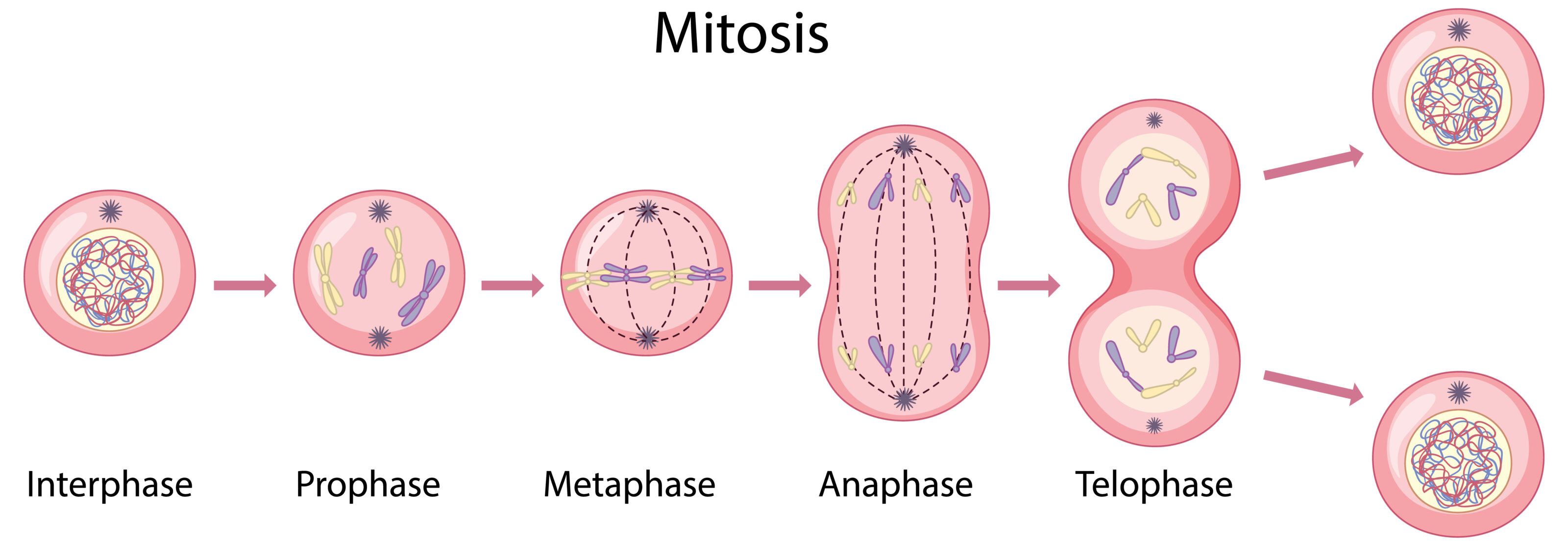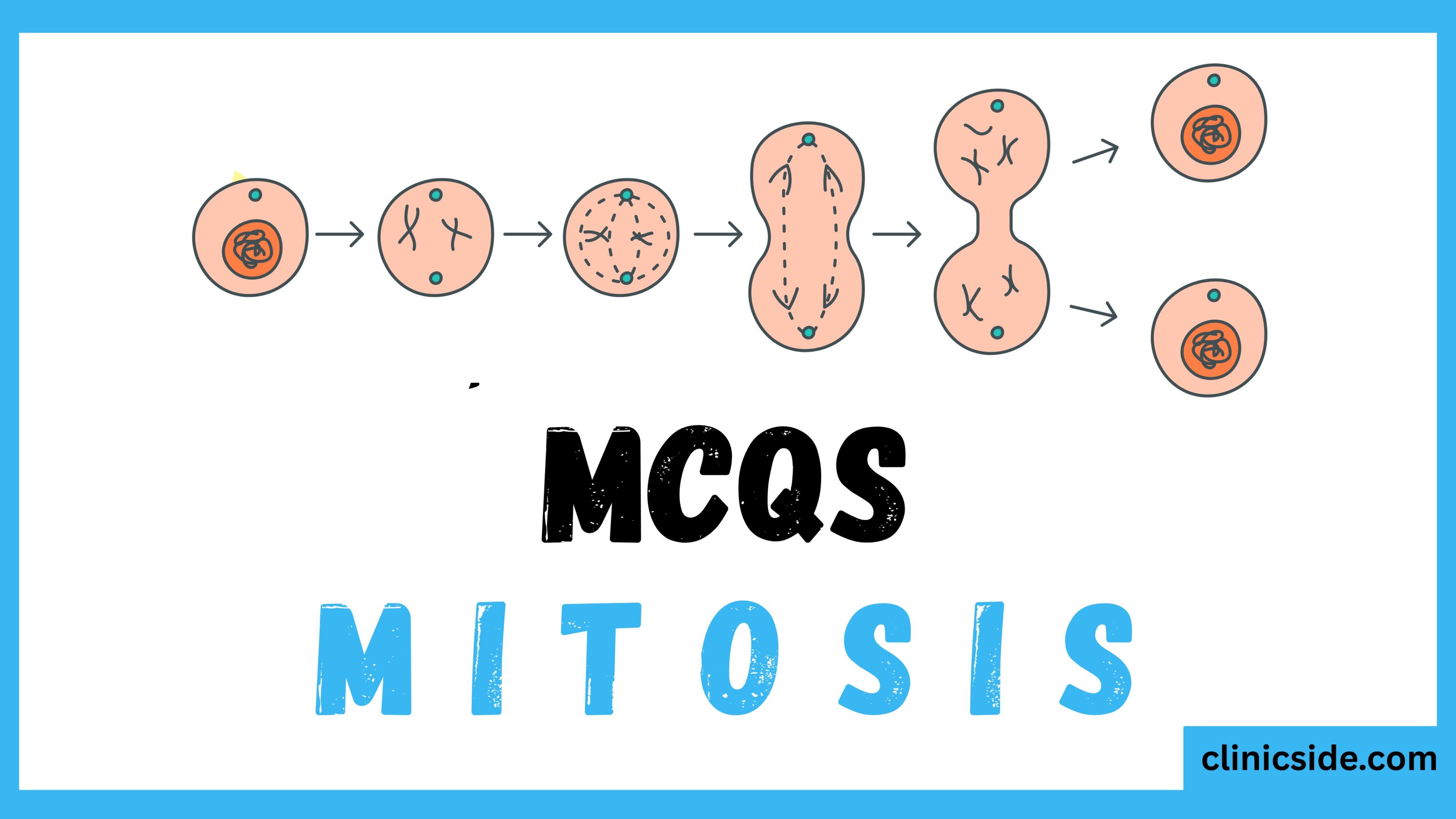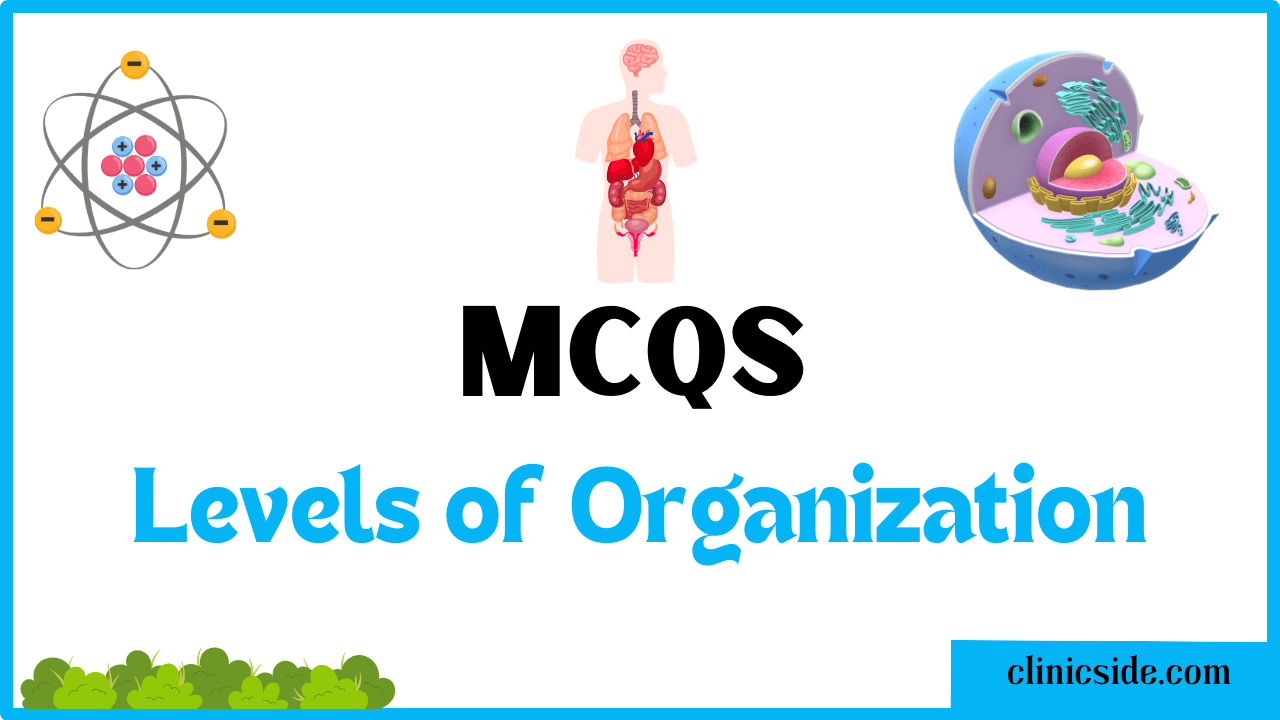Have you ever wondered how your body grows or heals after an injury? The answer lies in a fascinating biological process called mitosis the way your cells make exact copies of themselves.
Let’s break it down in a simple way, perfect for students like you!
Quiz
Available options: 1 to 20
What is Mitosis?
Mitosis is a type of cell division where one cell splits into two identical cells. These two new cells are called daughter cells, and they are just like the original parent cell same number of chromosomes, same DNA.
It helps with:
- Growth (from baby to adult)
- Repair (healing wounds)
- Replacement (old cells dying and new ones forming)
Phases of Mitosis (Remember: PMAT)
It happens in four main stages, often remembered as PMAT:
- Prophase
- The nucleus starts to disappear
- Chromosomes become visible
- Spindle fibers start to form
- Metaphase
- Chromosomes line up in the middle of the cell
- Spindle fibers attach to them
- Anaphase
- Chromosomes are pulled apart to opposite ends
- Telophase
- Two new nuclei form
- Cell gets ready to split
Then comes Cytokinesis – when the cell fully divides into two separate cells.

Why is Mitosis Important?
- Maintains genetic stability
- Helps organisms grow
- Repairs damaged tissues
- Replaces old or dead cells
Final Thoughts
Mitosis might seem complex, but it’s happening inside you every second! By understanding how cells divide, you’re unlocking the secrets of growth, life, and healing.
Keep learning, keep exploring and don’t forget to take our interactive quiz to reinforce what you’ve learned.





